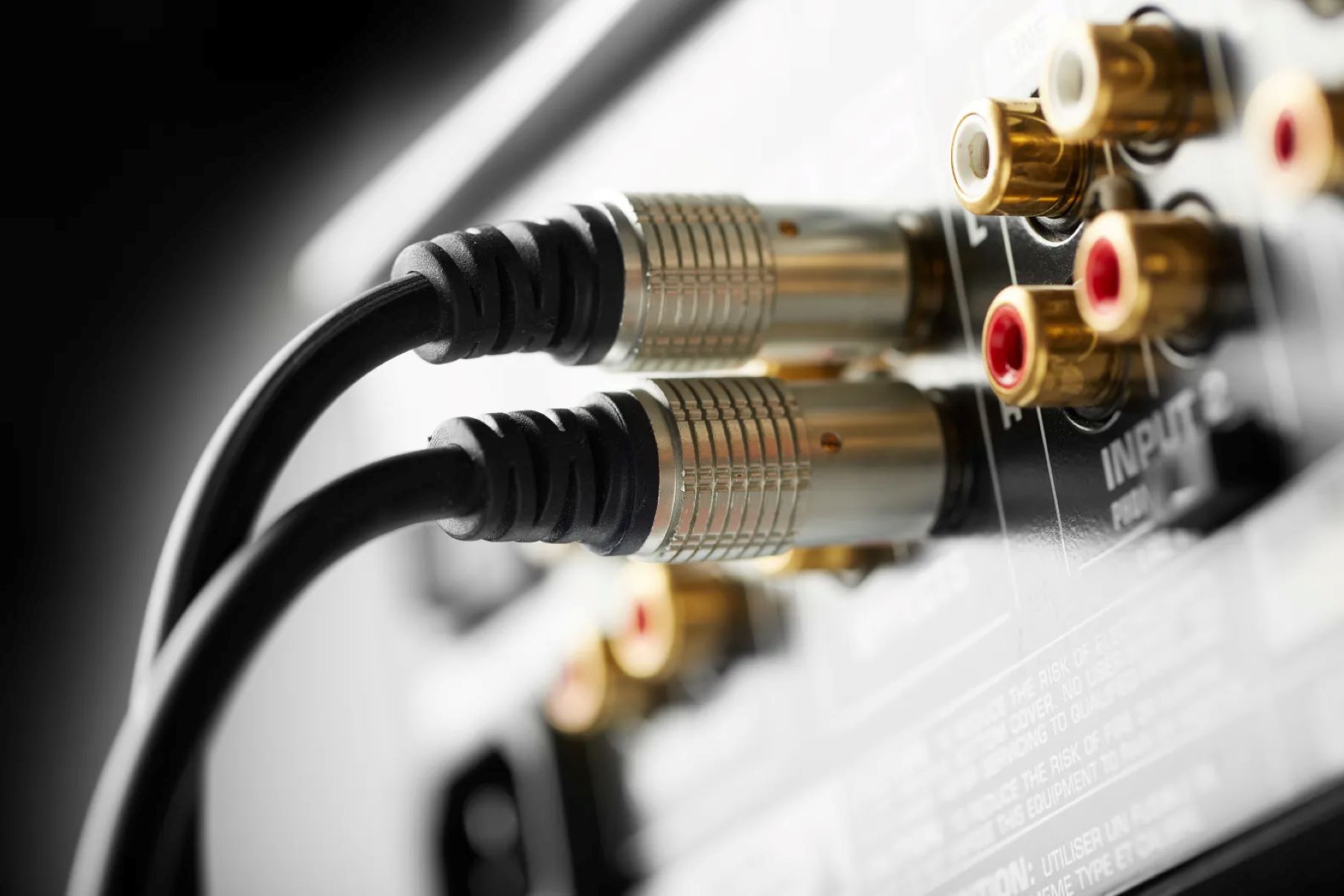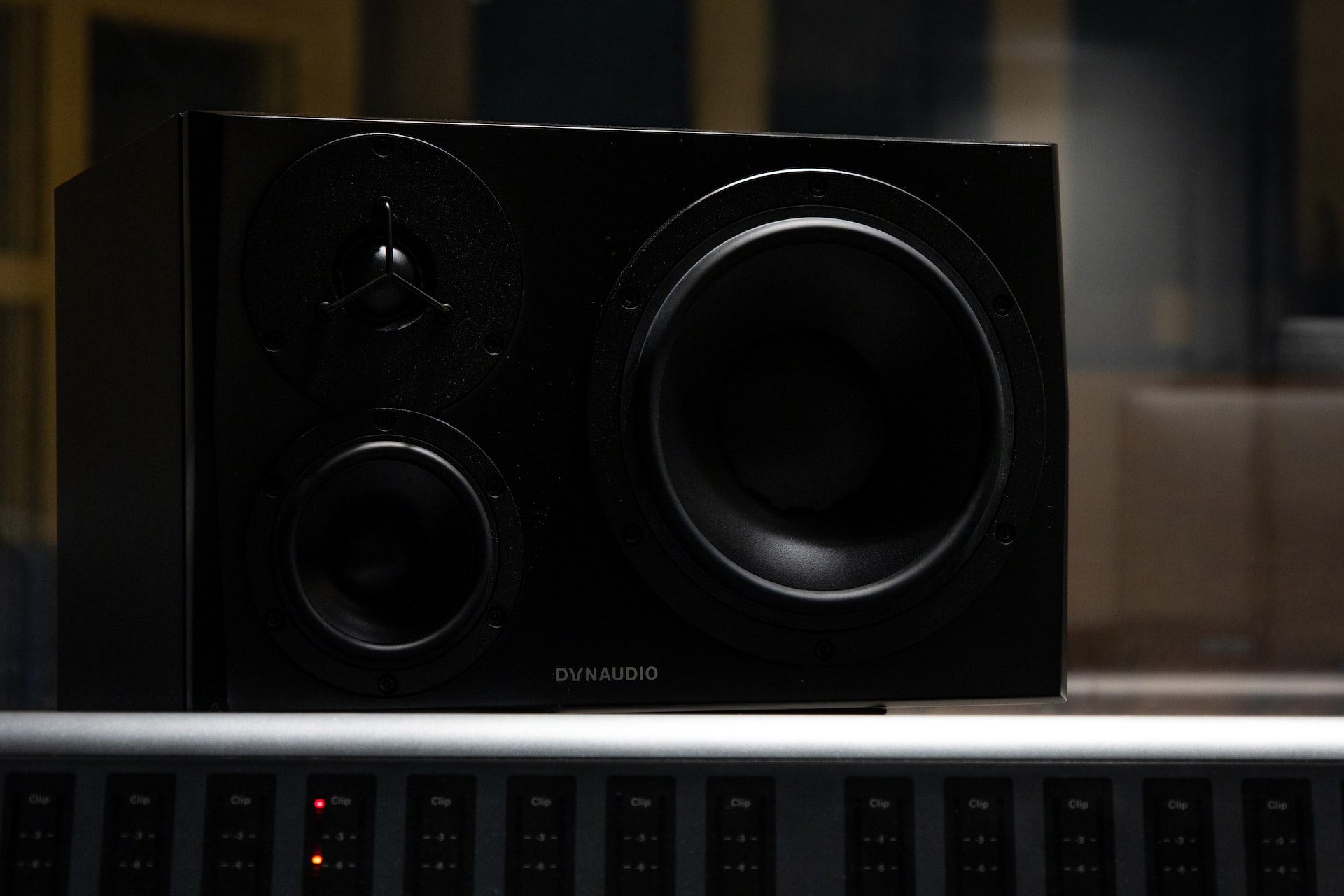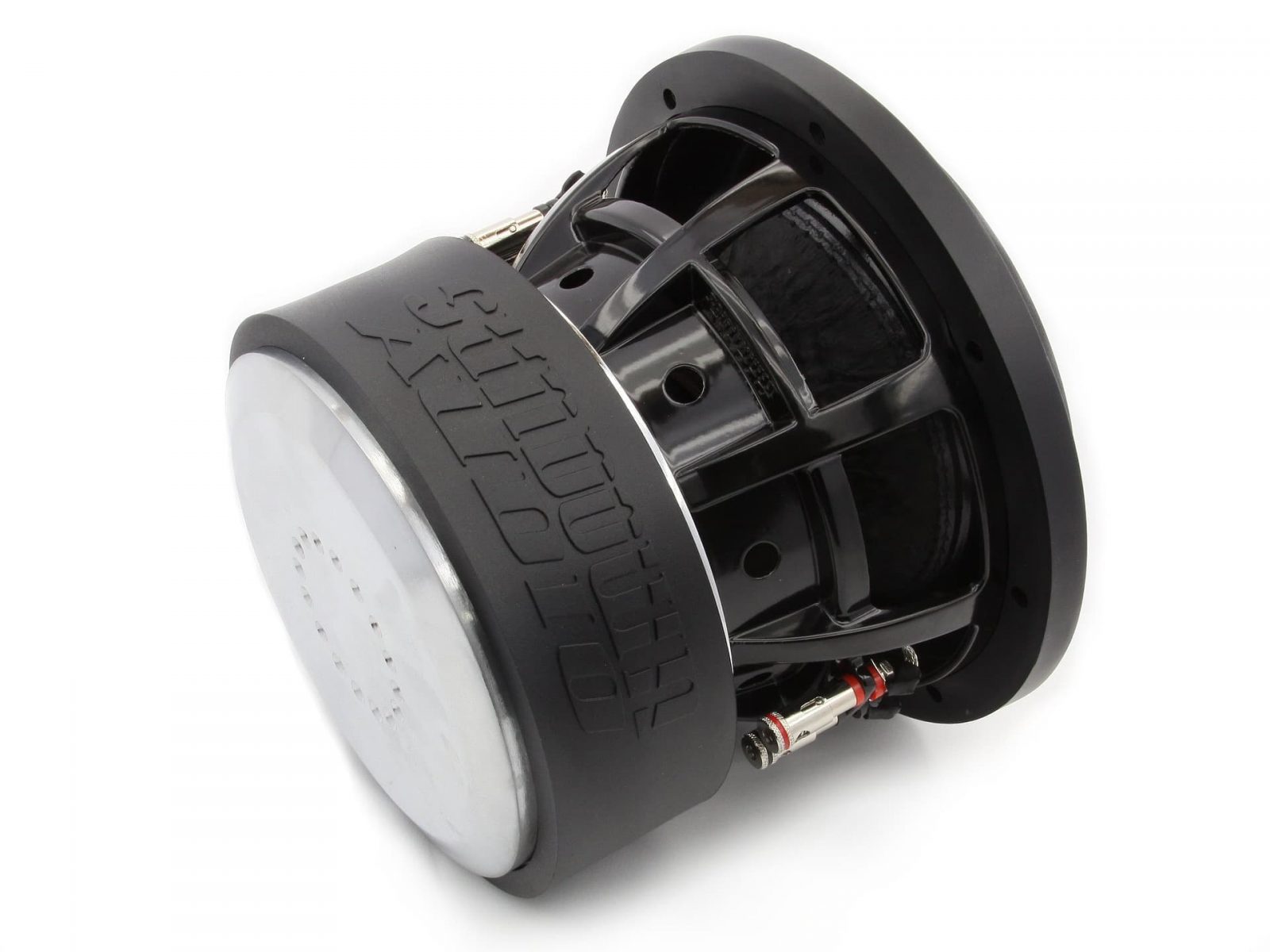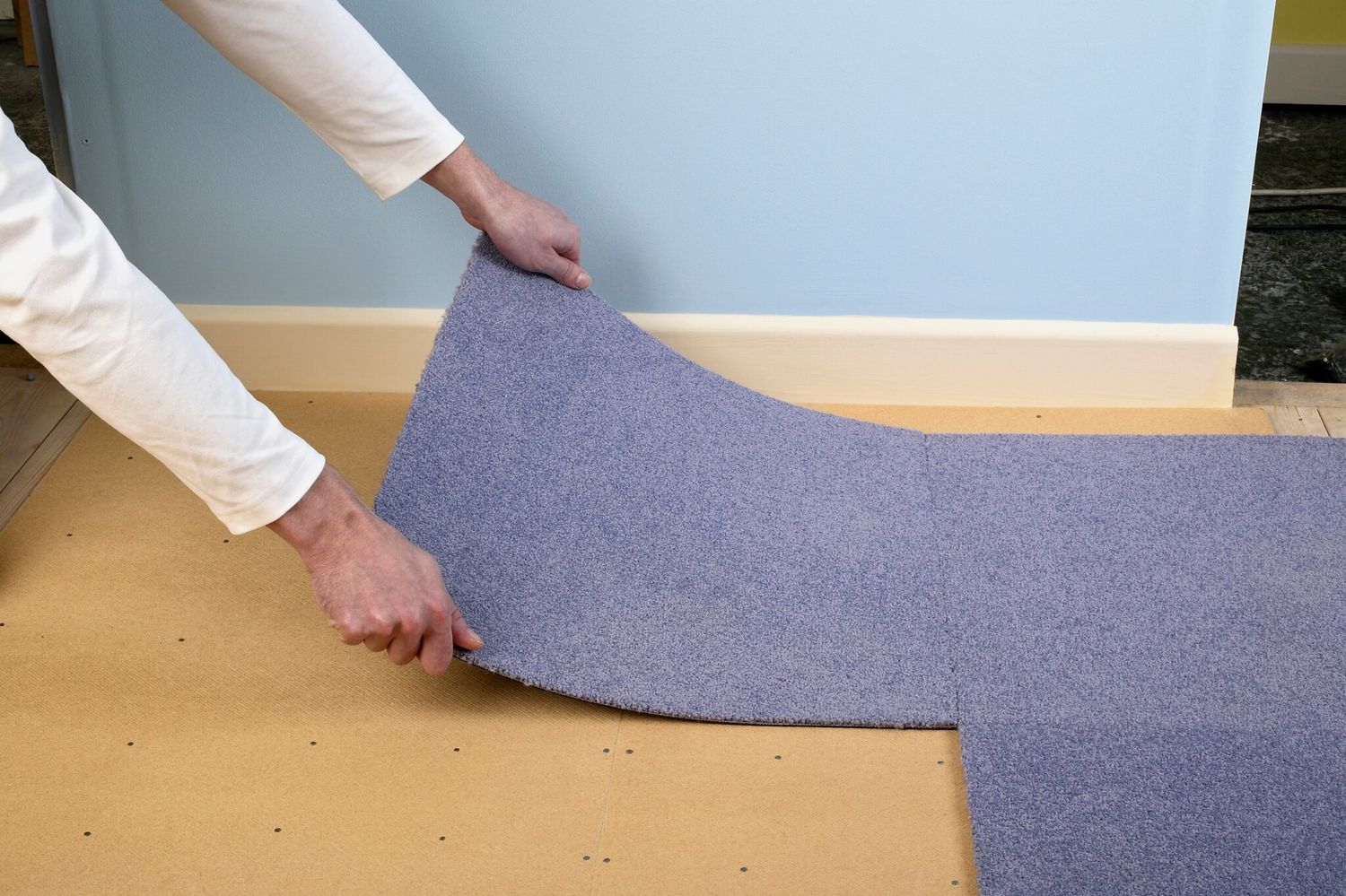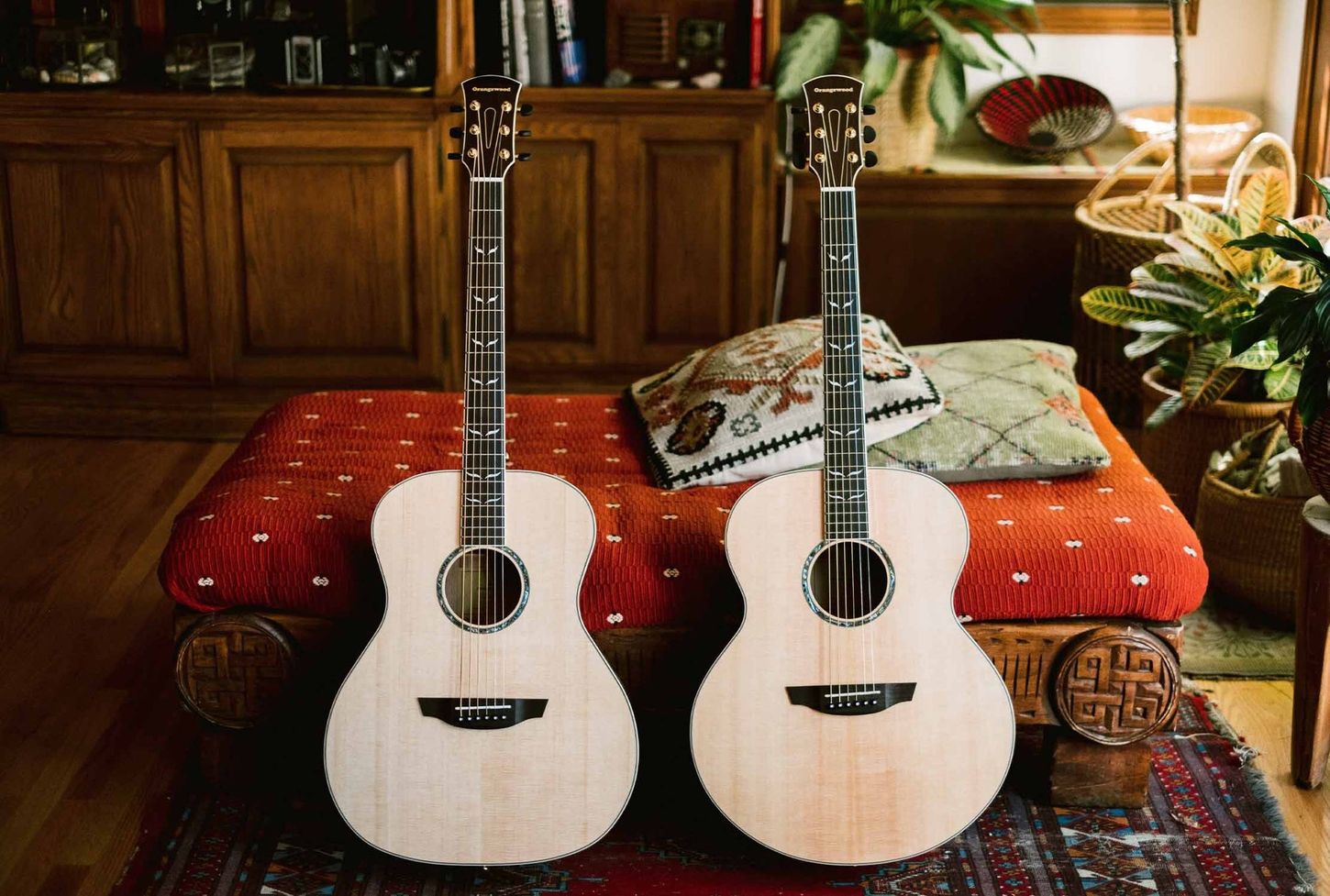Home>Devices & Equipment>Subwoofer>Which Subwoofer Box Is Best For Bass


Subwoofer
Which Subwoofer Box Is Best For Bass
Modified: March 12, 2024
Looking for the best subwoofer box for powerful bass? Discover top options for your subwoofer needs and enhance your audio experience.
(Many of the links in this article redirect to a specific reviewed product. Your purchase of these products through affiliate links helps to generate commission for AudioLover.com, at no extra cost. Learn more)
Table of Contents
Introduction
Welcome to the world of subwoofers! If you’re an audiophile or a music enthusiast, you’re probably familiar with the importance of a good subwoofer in enhancing your audio experience. A subwoofer is a specialized speaker designed to reproduce low-frequency sounds, particularly the deep bass notes that add depth and impact to your music or movie soundtracks.
When it comes to subwoofers, one of the key factors that can greatly affect their performance is the type of enclosure or box they are placed in. The subwoofer enclosure plays a critical role in the overall sound quality, efficiency, and bass response of the subwoofer. There are several different types of subwoofer boxes available in the market, each with its own set of advantages and disadvantages.
In this article, we will discuss some of the most common subwoofer box designs and help you understand which one is best suited for your bass needs.
Ported Subwoofer Box
The ported subwoofer box, also known as a bass reflex box, is one of the most popular choices among audio enthusiasts looking to achieve deep and powerful bass. It is designed with a vent or port that allows the air inside the box to escape, resulting in increased low-frequency output.
This type of enclosure works by utilizing the principle of both the front and rear waves of the subwoofer driver to produce sound. When the subwoofer cone moves forward, it creates positive pressure in the box, and when it moves backward, it creates negative pressure. The ported enclosure uses the combination of these pressure waves to enhance the bass response.
One of the primary advantages of a ported subwoofer box is its efficiency in producing loud and low bass notes. The port allows air to flow freely, reducing the overall back pressure on the subwoofer driver. This results in increased output and improved low-frequency extension compared to other types of enclosures.
However, it’s worth noting that a ported subwoofer box typically requires a larger enclosure volume compared to sealed enclosures, which may limit its placement options in smaller spaces. Additionally, the tuning of the port can affect the overall sound quality, and improper tuning can lead to port noise or distortion.
If you’re looking for a subwoofer box that delivers deep, booming bass with good efficiency, a ported enclosure might be the right choice for you. Just make sure to consider the available space and properly tune the port for optimal performance.
Sealed Subwoofer Box
The sealed subwoofer box, also known as an acoustic suspension box, is a popular choice for those seeking accurate and precise bass reproduction. Unlike ported enclosures, sealed boxes are completely airtight and do not have any vents or ports.
The design of a sealed subwoofer box focuses on delivering tight and controlled bass, with an emphasis on accuracy and transient response. The sealed enclosure prevents the air inside from escaping, resulting in a more controlled movement of the subwoofer driver and minimal distortion.
One of the advantages of a sealed subwoofer box is its ability to provide a flat frequency response and a quick roll-off of bass frequencies. This characteristic makes sealed enclosures ideal for music genres that require tight and accurate bass, such as jazz or classical music.
Additionally, sealed subwoofer boxes are typically smaller in size compared to ported enclosures, making them a suitable choice for installations with limited space. The smaller size also means they are easier to integrate into existing audio systems or car interiors without sacrificing too much trunk or cabin space.
However, it’s important to note that sealed subwoofer boxes generally require more power to achieve the same loudness as a ported enclosure. The lack of a vent or port restricts the airflow and can potentially limit the overall output and low-frequency extension.
If you prioritize accurate and tight bass response, particularly for genres that emphasize detail and precision, a sealed subwoofer box might be the right choice for you. Its compact size and ability to fit in small spaces make it an excellent option for music lovers and audiophiles.
Bandpass Subwoofer Box
The bandpass subwoofer box is a unique enclosure design that combines the advantages of both sealed and ported enclosures. It is designed to provide a specific range of frequencies, amplifying them and delivering a more focused and powerful bass output.
Bandpass enclosures consist of two chambers: the sealed chamber and the ported chamber. The subwoofer driver is mounted inside the sealed chamber, while a port connects the sealed chamber to the outside through the ported chamber. This design allows the subwoofer to work with both chambers, creating a highly efficient system.
One of the key advantages of a bandpass subwoofer box is its ability to deliver strong, impactful bass in a specific frequency range. By utilizing the combined output of the sealed and ported chambers, bandpass enclosures can produce a significant boost in volume and low-frequency response in the desired frequency band.
Additionally, bandpass enclosures are known for their ability to provide high levels of SPL (Sound Pressure Level), making them popular in car audio systems and live sound setups. The design allows for greater efficiency in converting input power into acoustic energy, resulting in louder bass output compared to other types of enclosures.
However, it’s important to note that bandpass enclosures are often more complex to design and tune correctly compared to other types of enclosures. Improper tuning or design can lead to resonances, unwanted peaks or dips in frequency response, and potential damage to the subwoofer driver.
If you’re looking for a subwoofer box that delivers powerful, focused bass in a specific frequency range and high sound pressure levels, a bandpass enclosure might be the right choice for you. Just ensure that it’s properly designed and tuned to match your specific audio needs.
Isobaric Subwoofer Box
The isobaric subwoofer box design is a configuration that involves using two subwoofer drivers in a push-pull arrangement, where one driver is mounted facing inward while the other is mounted facing outward. This unique setup offers several advantages and is especially advantageous for those who crave powerful and clean bass.
The main principle behind the isobaric subwoofer box design is the cancellation of nonlinear distortion caused by the backwave of the driver. By placing the two drivers in a push-pull configuration, any distortion generated by one driver is canceled out by the other, resulting in cleaner and more accurate bass reproduction.
Another advantage of the isobaric design is its ability to produce a tighter and more controlled bass response. The push-pull configuration creates a symmetrical movement of air within the enclosure, reducing unwanted resonances and improving overall bass accuracy.
Additionally, isobaric subwoofer boxes are known for their efficiency in terms of space requirements. The use of two drivers in a compact push-pull configuration allows for a smaller overall enclosure size while maintaining excellent bass performance.
However, it’s worth noting that isobaric subwoofer boxes might require more power to drive compared to single-driver setups. The use of two drivers means that the amplifier needs to provide sufficient power to drive both drivers effectively.
If you are looking for a subwoofer box design that delivers clean, powerful, and tight bass, an isobaric enclosure might be the perfect choice for you. The push-pull configuration ensures minimal distortion and improved low-frequency response, making it ideal for audiophiles and those who appreciate high-quality bass reproduction.
Horn-Loaded Subwoofer Box
The horn-loaded subwoofer box, also known as a bass horn, is a specialized enclosure design that maximizes the efficiency and output of a subwoofer. It utilizes the concept of a horn to amplify and direct the sound waves produced by the subwoofer driver.
Horn-loaded subwoofer boxes are characterized by their unique shape, which gradually expands from the driver to a larger mouth or opening. This expansion allows the sound waves to move through the horn, amplifying the bass output and improving overall efficiency.
One of the key advantages of a horn-loaded subwoofer box is its ability to produce exceptional low-frequency extension and output levels. The horn design allows for the efficient transfer of energy from the subwoofer driver to the surrounding air, resulting in powerful and impactful bass delivery.
Additionally, horn-loaded enclosures are known for their ability to produce high sound pressure levels (SPL) with relatively low power input. This characteristic makes them an excellent choice for large venues, live sound applications, and outdoor events where the need for high-output, deep bass is crucial.
However, it’s important to consider that horn-loaded subwoofer boxes tend to be larger in size compared to other enclosure types. The expansion of the horn requires more physical space, which may limit their suitability for compact installations or smaller listening areas.
If you prioritize high-output bass and require a subwoofer box that can deliver exceptional SPL and low-frequency extension, a horn-loaded enclosure might be the perfect choice for you. Just make sure to consider the available space and the specific requirements of your audio system.
Infinite Baffle Subwoofer Box
The infinite baffle subwoofer box, also known as an open baffle, is a unique enclosure design that utilizes the concept of a large baffle to control the sound waves emitted by the subwoofer driver. Unlike other enclosure types, the infinite baffle does not have a sealed or ported chamber.
In an infinite baffle setup, the subwoofer driver is mounted on a rigid baffle panel, typically placed in a wall, floor, or a dedicated baffle frame. The main principle behind this design is to use the space behind the baffle as an infinite backwave absorber, allowing the sound waves produced by the driver to dissipate into the surrounding environment.
One of the key advantages of the infinite baffle subwoofer box is its ability to provide clean and extended low-frequency response. The absence of a confined chamber minimizes the interference and resonances typically associated with other enclosure types, resulting in a more linear and accurate bass reproduction.
Another advantage of the infinite baffle design is its ability to provide deep bass extension without the need for excessive amplifier power. The large baffle acts as an efficient radiator, allowing the driver to move more freely and produce deep bass notes with minimal distortion.
However, it’s important to note that the infinite baffle design may require careful placement considerations. The size and placement of the baffle play a crucial role in achieving optimal bass performance, and improper placement can result in sound cancellation or nulls at certain frequencies.
If you value clean and extended bass response with minimal distortion, an infinite baffle subwoofer box might be the right choice for you. Just make sure to follow the recommended placement guidelines for the baffle panel to maximize its performance and fully enjoy the benefits of this enclosure design.
Conclusion
Choosing the right subwoofer box is essential in achieving the desired bass performance for your audio system. Each type of subwoofer enclosure has its own unique characteristics and benefits, catering to different preferences and requirements.
The ported subwoofer box offers excellent efficiency and deep bass, making it an ideal choice for those who prioritize loud and impactful bass. The sealed subwoofer box, on the other hand, focuses on accuracy and precise bass reproduction, perfect for music genres that require tight and controlled bass.
For those seeking a specific range of frequencies with increased output, the bandpass subwoofer box is an excellent option. The isobaric subwoofer box cancels out distortion and provides powerful bass in a compact configuration.
The horn-loaded subwoofer box delivers unmatched efficiency and high sound pressure levels, making it suitable for large venues and live sound applications. Lastly, the infinite baffle subwoofer box offers clean and extended bass response without the need for excessive power.
When choosing a subwoofer box, it’s important to consider factors such as available space, desired bass characteristics, and system requirements. Experimentation and proper tuning are often necessary to achieve the best results, so don’t be afraid to fine-tune the parameters and seek expert advice if needed.
Ultimately, the best subwoofer box for bass depends on your personal preferences, system setup, and listening environment. Take the time to evaluate your needs and choose the enclosure design that will deliver the bass experience you’ve been longing for.
Remember, a well-designed and properly matched subwoofer box can bring your music and movies to life, immersing you in the deep, powerful, and captivating world of bass.

